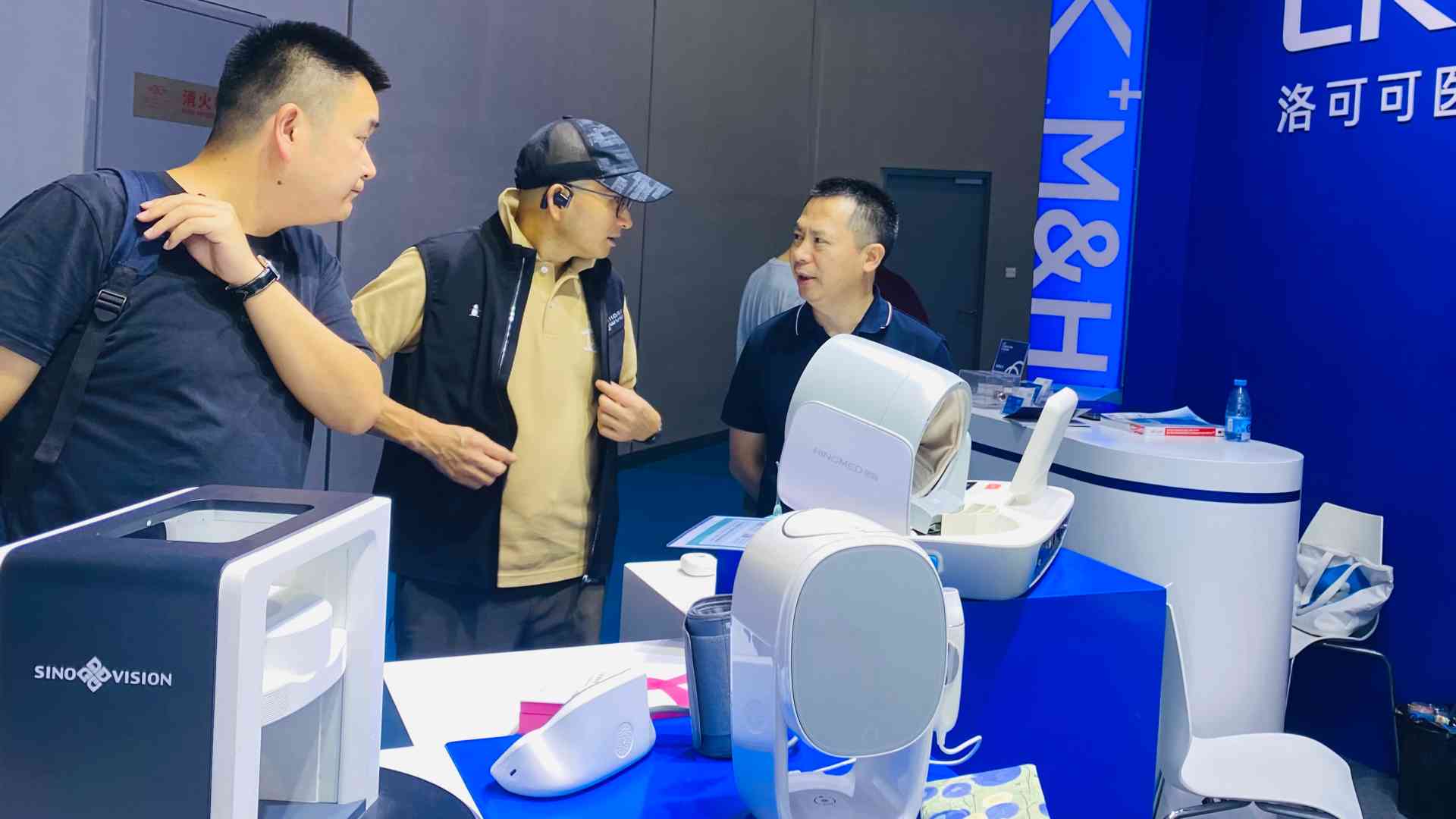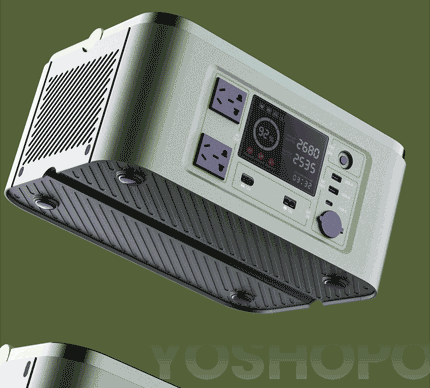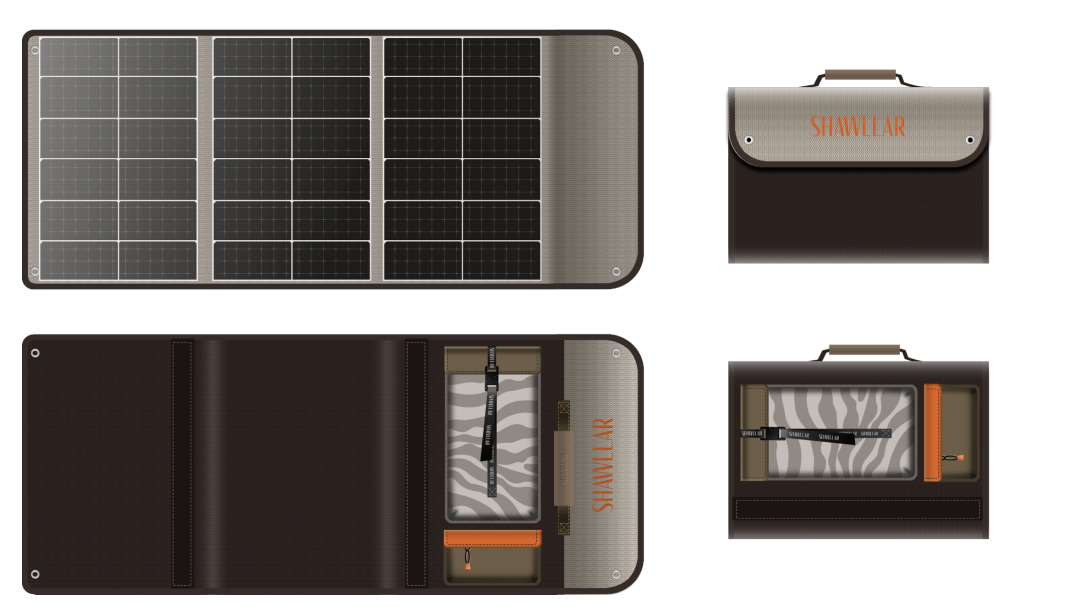1 LKK Innovation Design Group (“LKK Design”), a leading Chinese industrial design company, once again won the 2025 Red Dot Design Award, with 8 products winning awards , including three “Best Design Awards”. This achievement brings LKK’s cumulative awards in well-known design competitions such as the Red Dot Award, iF Design Award, and IDEA to 592. Through the integrated model of “design + technology + industry”, LKK continues to play a leading role in the innovation of strategic industries such as semiconductors, new energy, and advanced manufacturing.
1. 2025 Red Dot Award-winning projects: From user pain points to industry transformation

1. Huachuang Vacuum Equipment Series ⚙️| How industrial design helps manufacturing efficiency
-
Key data : 30% reduction in operational complexity and 12% increase in semiconductor output
-
Design strategy : Reimagine industrial equipment with modular structure and simple interface, breaking the tradition of “function over experience”

2. Elite-EVM002 Electric Vehicle Charging Station 🚗 | Solve the charging problem in cities
-
User-centric features : IP65 weatherproof, AI contactless interaction, 15-minute fast charging
-
Sustainability : Recycled aluminum body reduces carbon footprint by 40% (rated as a Red Dot Sustainable Design Benchmark)

3. Beidou Satellite Badge X1 🛰️ | Technology-driven luxury accessories disruption
-
Breakthrough : The world’s smallest Beidou chip integration can achieve 0.1 meter precision positioning
-
Cultural Narrative : Combining Chinese Philosophy of “Heaven and Earth” with Space Symbolism

2. The SEO Blueprint Behind 592 Awards: LKK’s Design Method
-
In-depth demand analysis
-
More than 300 hours of industry research per project (e.g., analyzing 100,000 user complaints from 12 electric vehicle brands)
-
Target search term : “Solve manufacturing pain points through design”
-
Interdisciplinary technology integration
-
Design + Aerospace: Miniaturized Beidou chip packaging
-
Design + Biomaterials: 3 patented eco-friendly materials for undisclosed products
-
Target search term : “Case study on the integration of industrial design and technology”
-
Global collaboration engine
-
72-hour response system for Shenzhen (supply chain), Shanghai (automotive technology), and Beijing (cultural IP) cinemas
-
Target search term : “China’s top industrial design companies”
3. Client Perspective: Why work with an award-winning design team?
Q1: How does Red Dot Award design improve product competitiveness?
-
Data proves that : the average premium rate of LKK-designed products is 23% higher and the time to market is 35% faster (2025 China Design Impact Report).
Q2: Can SMEs afford top-notch design services?
-
Case analysis : Among the 2025 winning projects, 37% involved small and medium-sized enterprises through the flexible “installment payment + supply chain rebate” model.
Q3: How do you evaluate the industry professionalism of a design company?
-
CTA : Free download of the 2025 Industrial Design Trends Report (covering semiconductors, new energy and 4 other fields). Contact us































 (Some AI design works showcase)
(Some AI design works showcase)


































